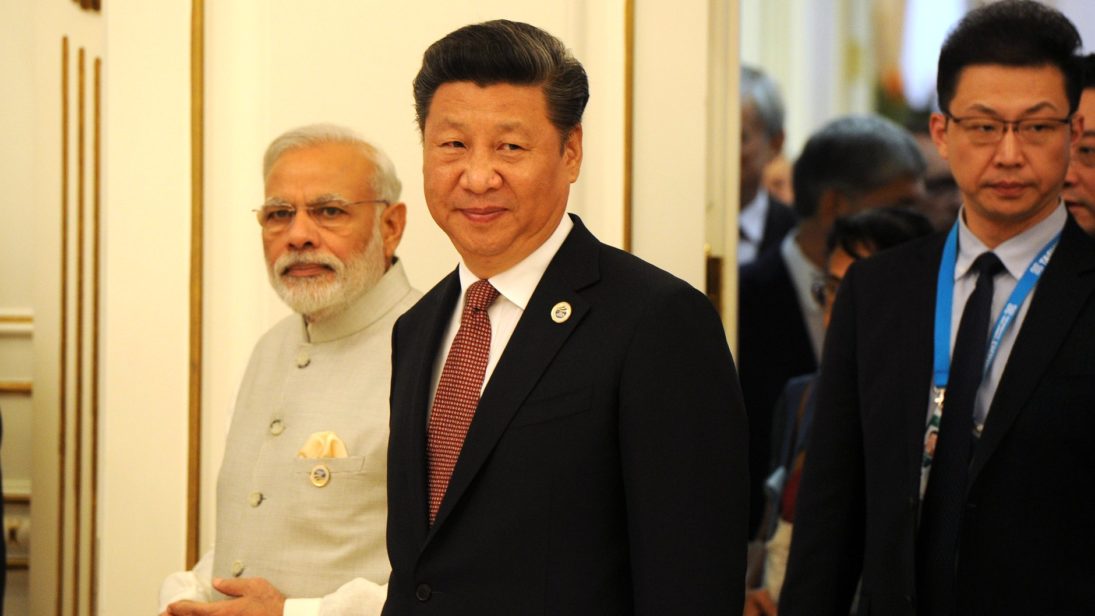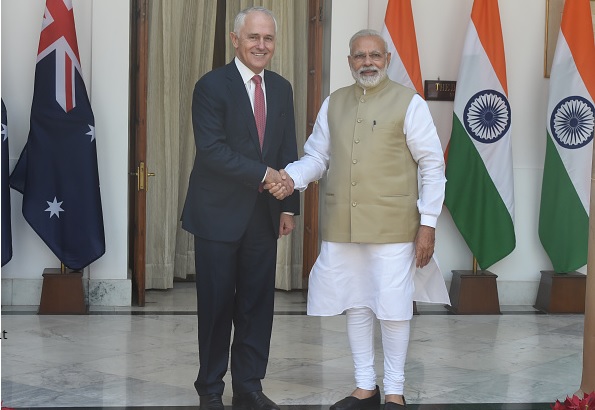
Diplomacy is not a zero-sum game. It involves achieving goals by striking a balance between pragmatism and idealism as well as risk-taking and restraint. Ever since India’s independence in 1947, decision makers in India’s foreign policy establishment have practiced a philosophy of strategic restraint and avoided taking calculated risks. However, this approach has not proven entirely successful in keeping India’s borders secure. The recently resolved stand-off between India and China on the Doklam plateau is an opportunity for India’s foreign policy establishment to adopt a more realistic approach towards solving its security issues at a time when the United States is re-examining its strategy of rebalancing towards Asia, India’s long-time strategic partner Russia is engaging with Pakistan, and China is showing increasingly assertive tendencies.
The recent dispute between China and India began when Bhutan reported that a Chinese People’s Liberation Army construction unit was extending an existing Chinese road through the Doklam plateau where the borders of Bhutan, China, and India meet. On June 18, New Delhi responded to China’s incursion into what India considers Bhutanese territory by sending troops and equipment to stop the construction. Indian policymakers viewed this road expansion as a threat to Indian security interests because it brought China closer to the strategically-significant Siliguri Corridor, which connects India to its eight northeastern states. Chinese and Indian troops were consequently locked in a bitter standoff at the plateau with neither side appearing willing to back down until earlier this week.
China did not hesitate to signal its displeasure, with the Chinese military conducting exercises in Tibet and the Chinese state-run media being quite vocal in issuing not-so-subtle threats calling for the unilateral withdrawal of Indian troops. In comparison, India’s response was more measured, with politicians and the media generally refraining from irresponsible rhetoric and making clear that India favored diplomacy over conflict. However, India’s refusal to withdraw troops indicates that its strategic outlook has begun to shift away from strategic restraint.
The large gap between India and China in terms of both military power and economic development emboldens Beijing to ignore India’s strategic and security preferences in other contentious areas. A few recent examples include China’s opposition to India’s membership in the Nuclear Suppliers Group, its refusal to designate Jaish-e-Mohammad chief Masood Azhar as a global terrorist, and the proposed construction of the China-Pakistan Economic Corridor (CPEC) through the disputed territory of Kashmir.
Thus, New Delhi will have to employ a mix of competitive and cooperative strategies to deal with Beijing. Firstly, given strategic tensions along its un-demarcated border with China, India should strengthen its infrastructure along the Line of Actual Control (LAC). Compared to China’s extensive network of roads and railways along the border, India has completed the construction of only 27 out of 73 strategic roads along the LAC in the last 15 years.

Secondly, India should strengthen its security and defense cooperation with the United States, China, and Australia. In this regard, India should reconsider its opposition to Australia’s participation in the U.S.-India-Japan Malabar naval exercises in deference to Chinese security concerns. India should focus more on its own security needs and less on appeasing China. Moreover, such exercises would help India strengthen its naval capabilities in the Indian Ocean region, where China has recently made inroads with activities in the strategic ports at Kyauk Pyu in Myanmar, Hambantota in Sri Lanka, and Djibouti, where China installed its first overseas military base.
Finally, to offset some of these aggressive moves, India should seek mutually-beneficial economic cooperation with China. For example, the Bangladesh-China-India-Myanmar (BCIM) economic corridor, an initiative aimed at integrating India’s northeastern states with Southeast Asia through a series of roads, rails, and airways, could be an important area of economic cooperation. While China would like to link the BCIM to its One Belt One Road (OBOR) initiative, India could also use BCIM to advance its “Act East” policy, which aims at greater economic and strategic cooperation between India and the Asia Pacific region. From a strategic standpoint, this will help generate goodwill for India among the Southeast Asian countries, which are looking for a counterbalance to Chinese assertiveness.
With the Doklam dust now settled, India and China have a complex power equation to manage. India must consider a foreign policy approach with a mix of competitive and cooperative elements to counter the zero-sum game played by China. A more realistic approach would enable India to tackle its strategic and economic challenges as well as adapt to changing geopolitical conditions.
***
Editor’s Note: Click here to read this article in Hindi
Image 1: The Kremlin


